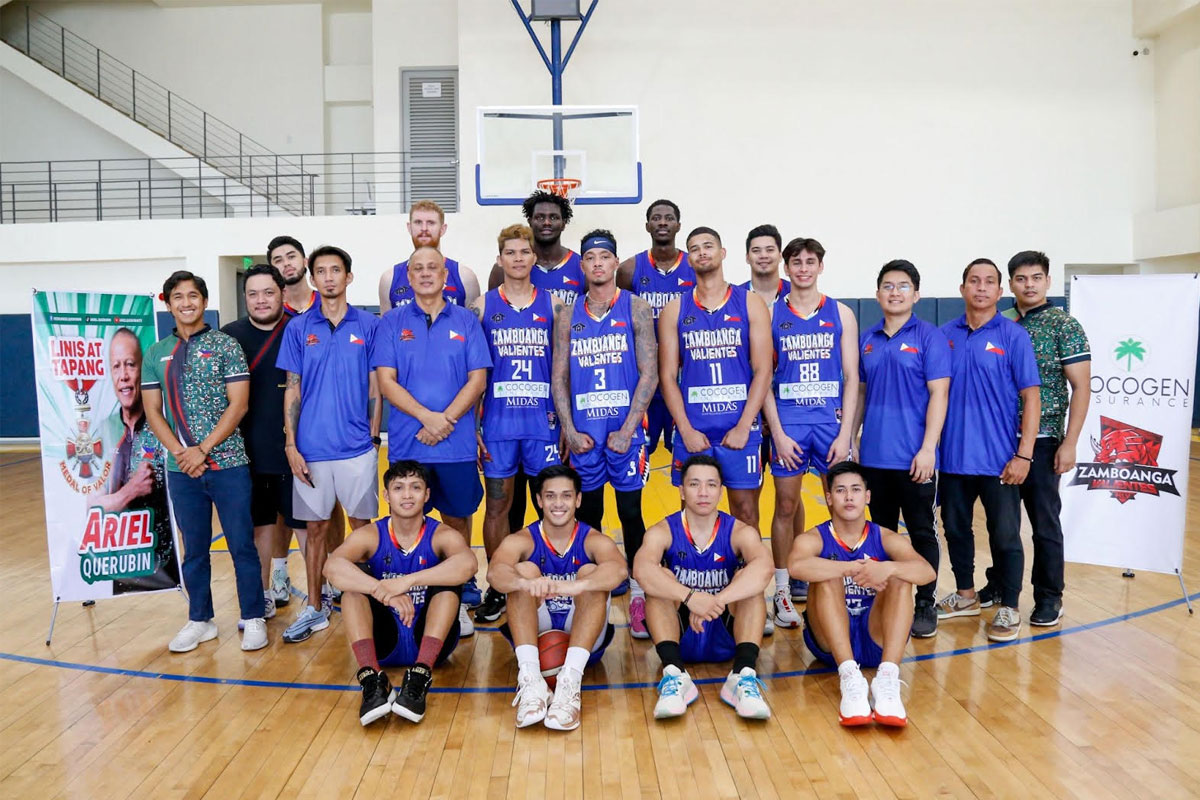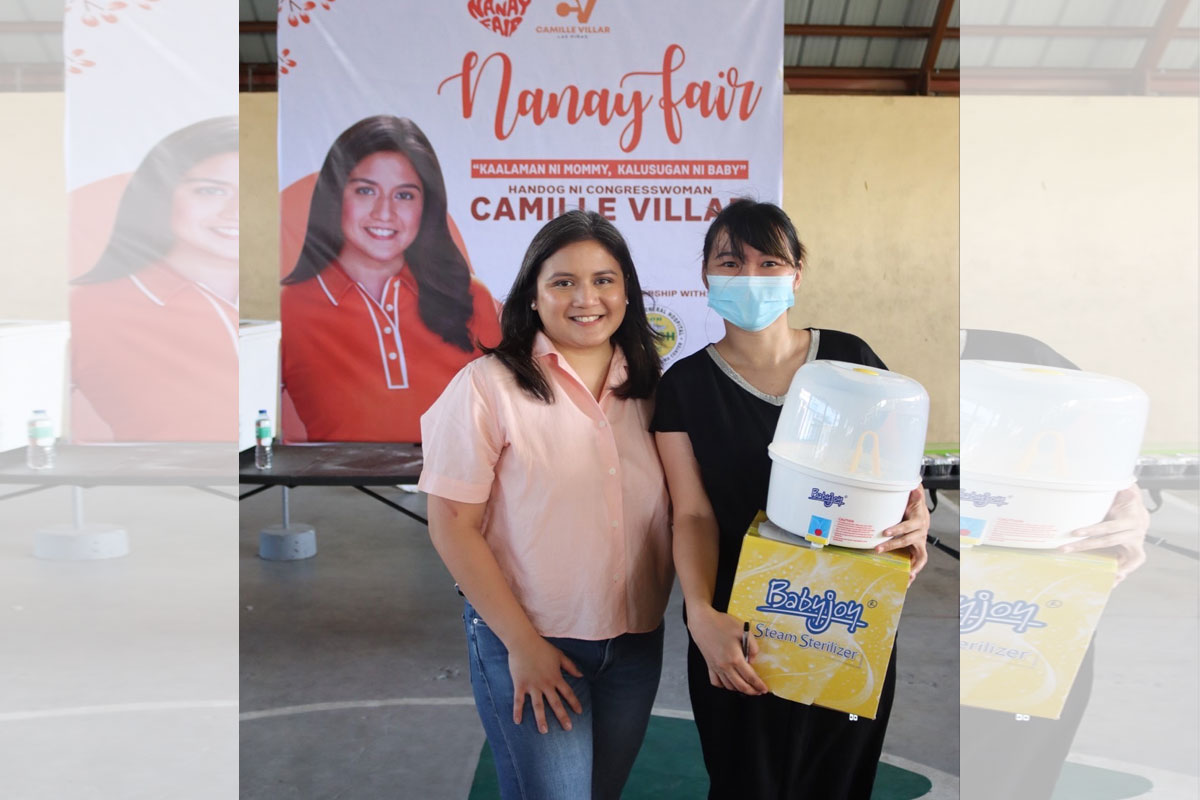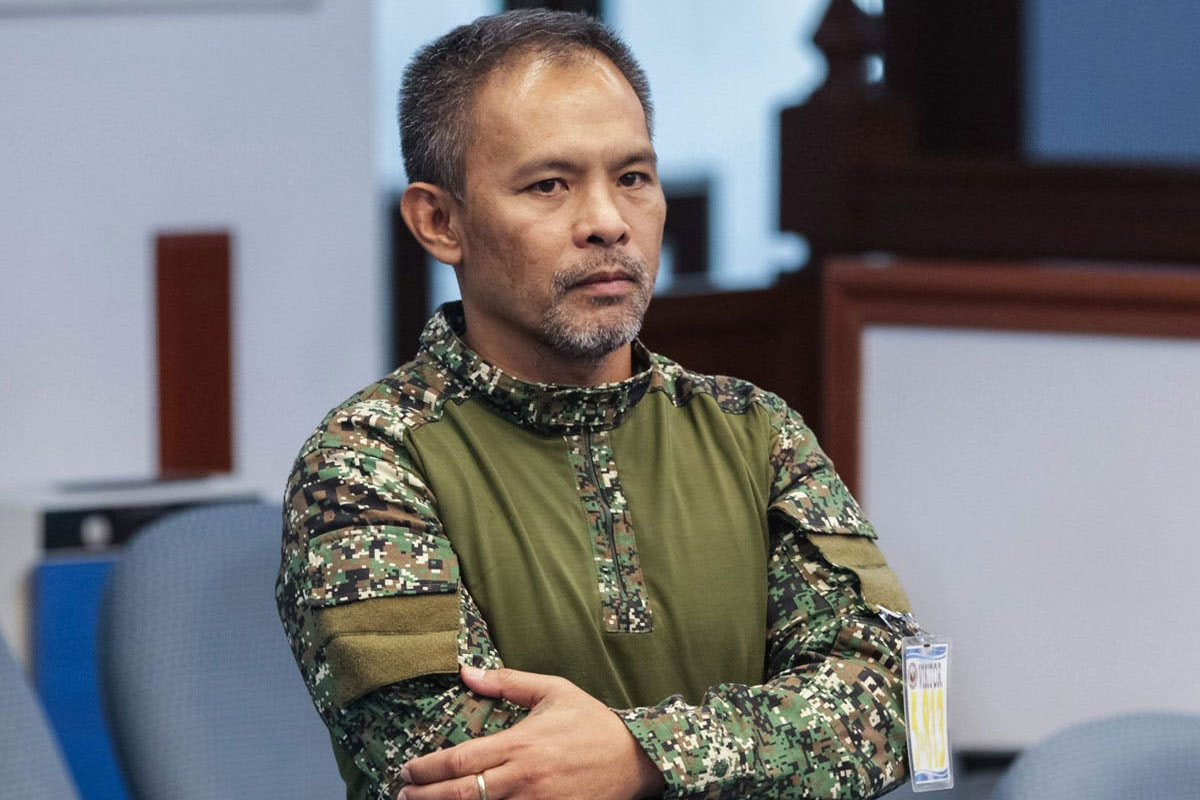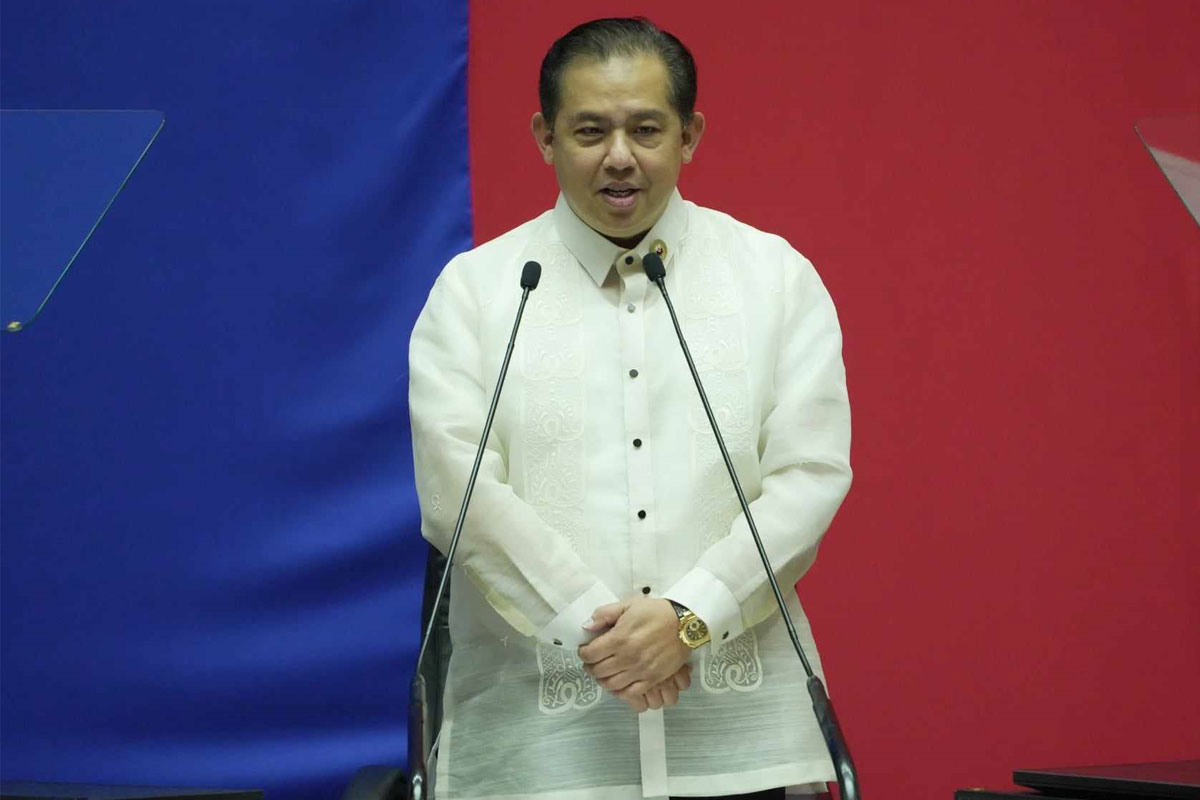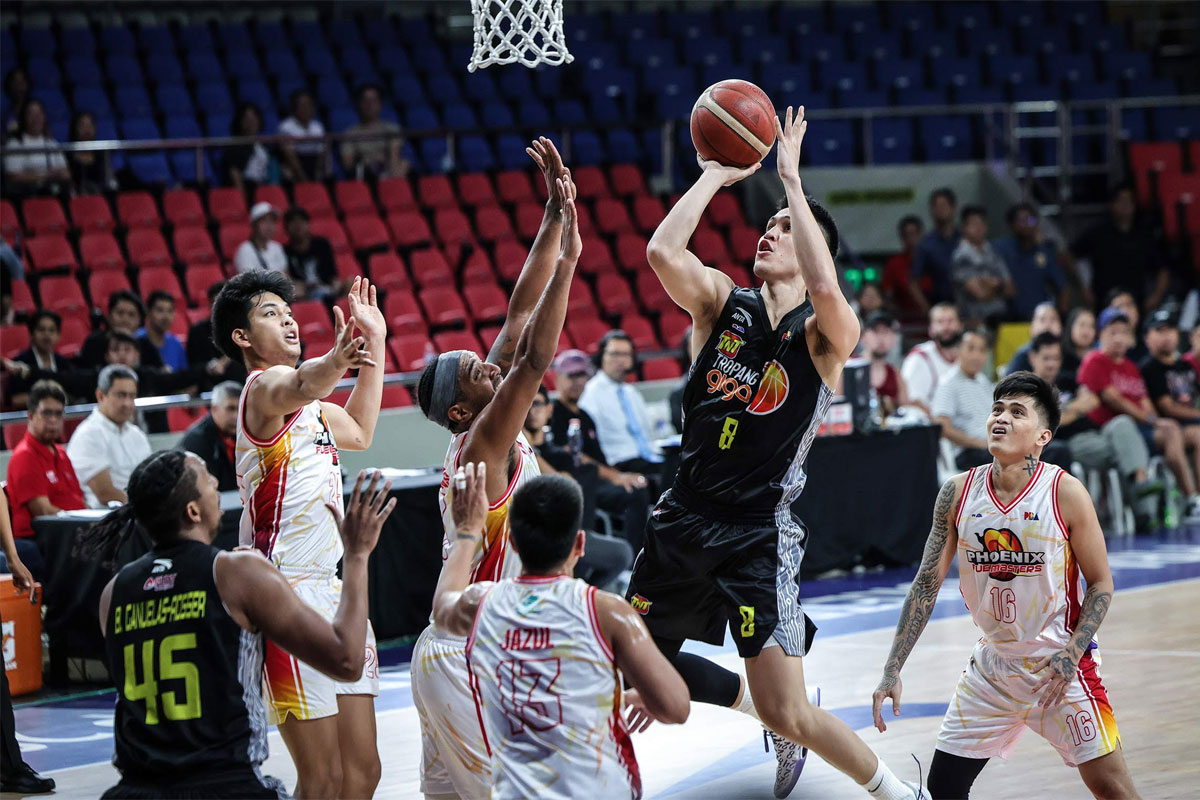
DOH confirms local transmission of Delta variant
THE Department of Health (DOH) confirmed late Thursday night the local transmission of the highly contagious Delta (B.1.617.2) variant of the COVID-19 virus which was first seen in India.
DOH issued the confirmation after the phylogenetic analysis conducted by the University of the Philippines-Philippine Genome Center, and case investigation by the DOH Epidemiology Bureau and the regional and local epidemiology and surveillance units, showed clusters of Delta variant cases “linked to other local cases, therefore, exhibiting local transmission.”
DOH assured that there are enough COVID-19 wards, intensive care units and treatment and monitoring facilities beds in the country especially in areas with a spike in COVID-19 cases.
The government is also preparing for enough supplies of COVID-19 medicines, oxygen tanks and critical care equipment in hospitals and augmentation of human resources.
DOH also stressed the need to continuously enforce strict border control measures and intensify local COVID-19 responses with the local transmission of the Delta variant in the Philippines.
“The country has been implementing travel bans and stringent border control measures to delay the entry of the variant, giving the country a head start to prepare its capacity to manage potential surges,” it added.
DOH earlier said 12 new Delta variant infections were reported in the country, raising the total cases to 47. Only eight of the cases remain active.
It added that to manage COVID-19 cases, national and local governments are coordinating to implement prevent, detect, isolate, treat and re-integrate response strategies and increase the country’s health system capacity to be able to manage cases.
DOH also reminded the public that correct and consistent compliance with the minimum public health standards and getting vaccinated are the best defense against any COVID-19 variant.
Meanwhile, Health Undersecretary Maria Rosario Vergeire said clusters of COVID-19 cases infected with the highly contagious Delta variant were seen in Northern Mindanao and the province of Antique and were traced to a worker and a returning overseas Filipino.
“Nakita na po natin ‘yung cluster of infection sa Northern Mindanao, nakita po natin na ito ay family cluster. Nakita rin po natin na merong cluster of infection dito sa Antique,” she said.
Vergeire said one family cluster stemmed from an individual who came home from work and infected the rest of the household. Another cluster involved a returning overseas Filipino who came home to the Philippines due to a parent’s death. One person who attended the wake contracted the virus variant and infected other people.
The health official also disclosed that they are looking into how the Delta variant could have spread locally, pointing out that all incoming travelers are required to undergo quarantine and COVID-19 testing regardless of their vaccination status.
“Maybe there were breaches in protocol, maybe there were no assessments when they were discharged. These are the things that we are assuming right now. Patuloy nating pag-aaralan lahat ito… so that we would be able to further improve ‘yung strategies na ipinapatupad natin so that there won’t be breaches at ma-manage po natin at ma-control ang further spread of this infection,” she added.
Vergeire also said 11 cities in Metro Manila have registered a positive two-week case growth rate, indicating an increase in COVID-19 cases amid local transmission of the highly contagious Delta variant.
“The NCR now has 11 areas with positive two-week case growth rate. There is a need to identify the causes for this increase in cases in these local governments to preserve the gains achieved in the past two months. The detection of the variants of concern can be correlated with the case spikes that we are experiencing. We need to continually strengthen border control,” she added.
DOH said seven Delta variant cases have addresses in Metro Manila, including Manila, Pasig and Taguig. The capital region averaged 797 new cases daily from July 16 to 22, higher than its average of 618 new infections during July 9 to 15.
In NCR Plus, Cavite and Bulacan posted the “fastest increase” in cases while infections in Laguna and Rizal are plateauing.
In the rest of Luzon, an upward trend was seen in Regions 2, 3 and 4A, a downtrend was observed in Region 5, and plateauing was recorded in Regions 1, 4B and the Cordillera.
In the Visayas, Region 7 logged a “steep rise” in cases while the decline in new infections has slowed in Region 8. In Region 6, the case trend has plateaued.
In Mindanao, Region 10 is exhibiting a “fast increase” in cases and infections are also rising in Caraga and the Bangsamoro. Regions 9 and 11 are on a downtrend while Region 12 is experiencing a plateau.
The government has tightened restrictions in Metro Manila, Ilocos Norte, Ilocos Sur, Davao del Norte and Davao de Oro after the DOH announced local transmission of the Delta variant.



